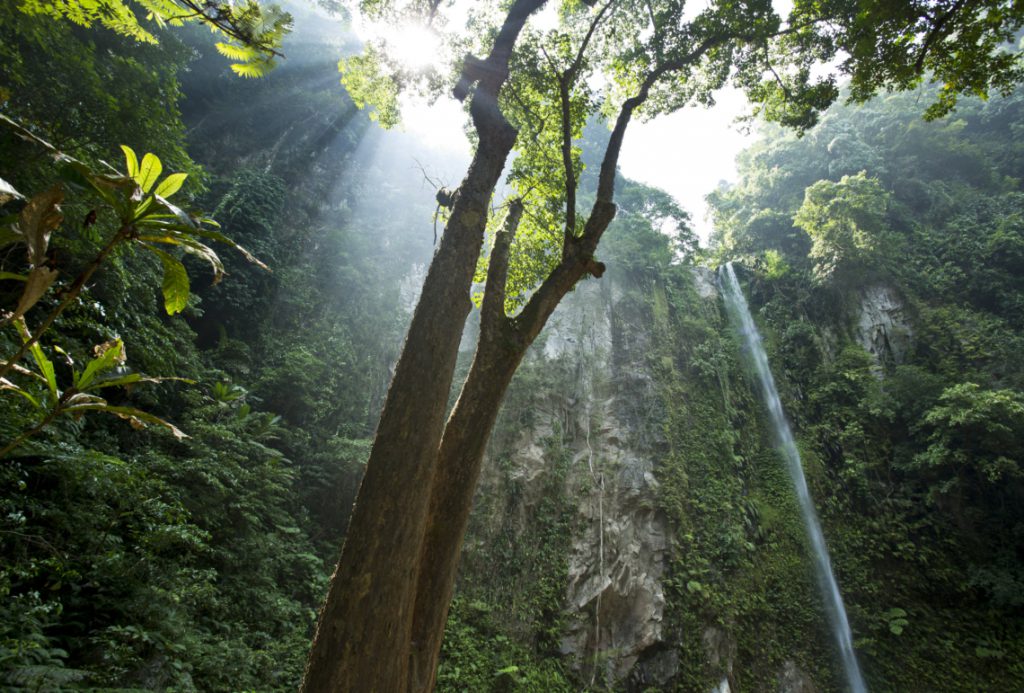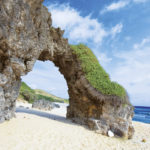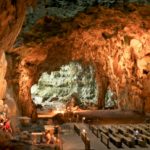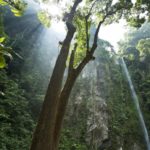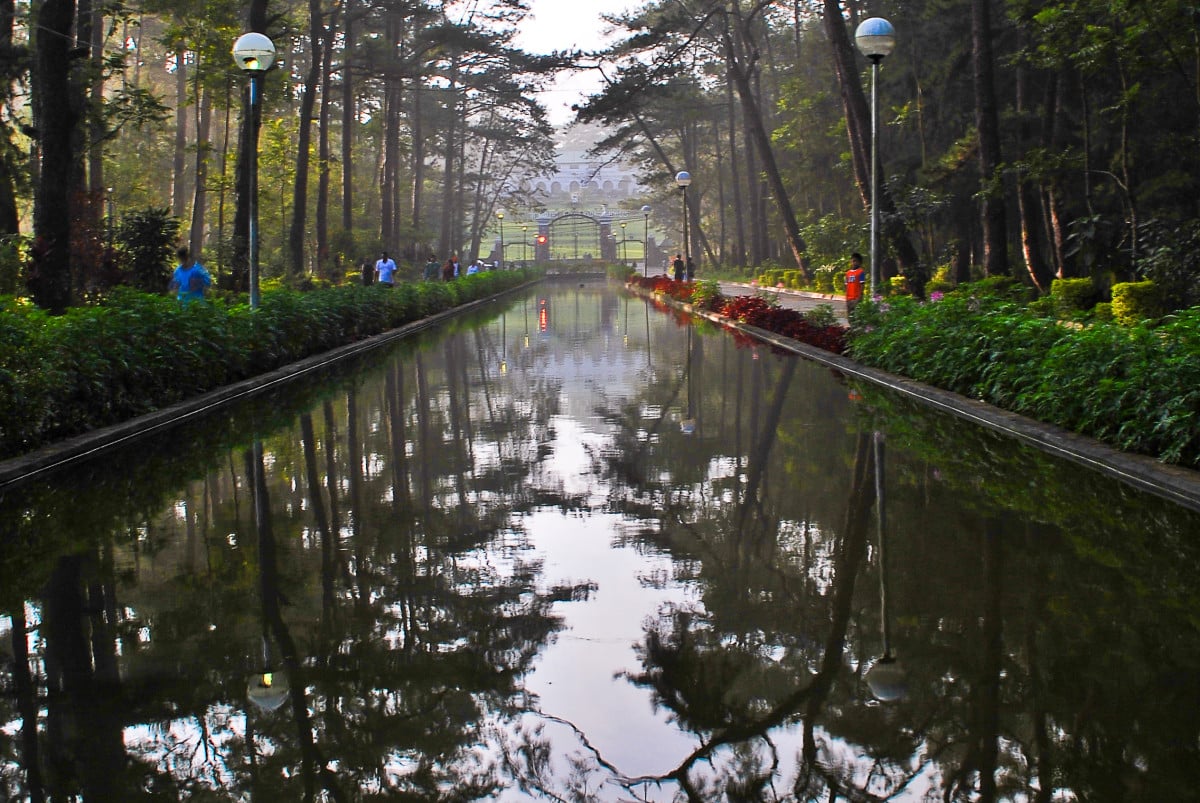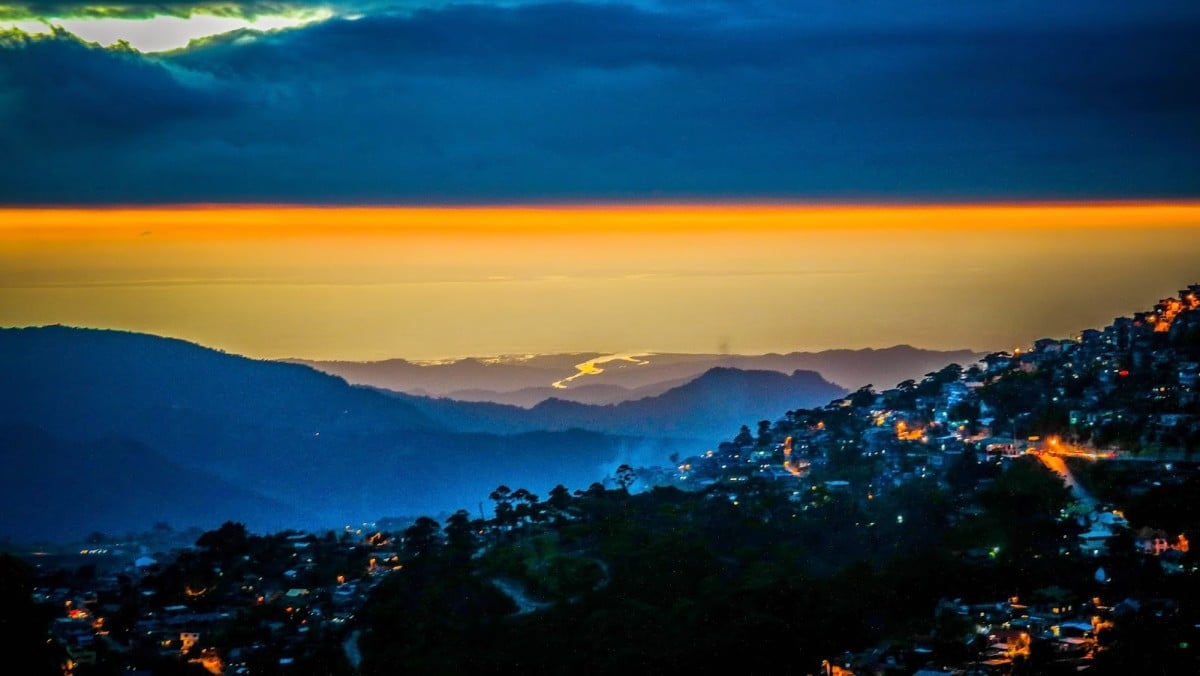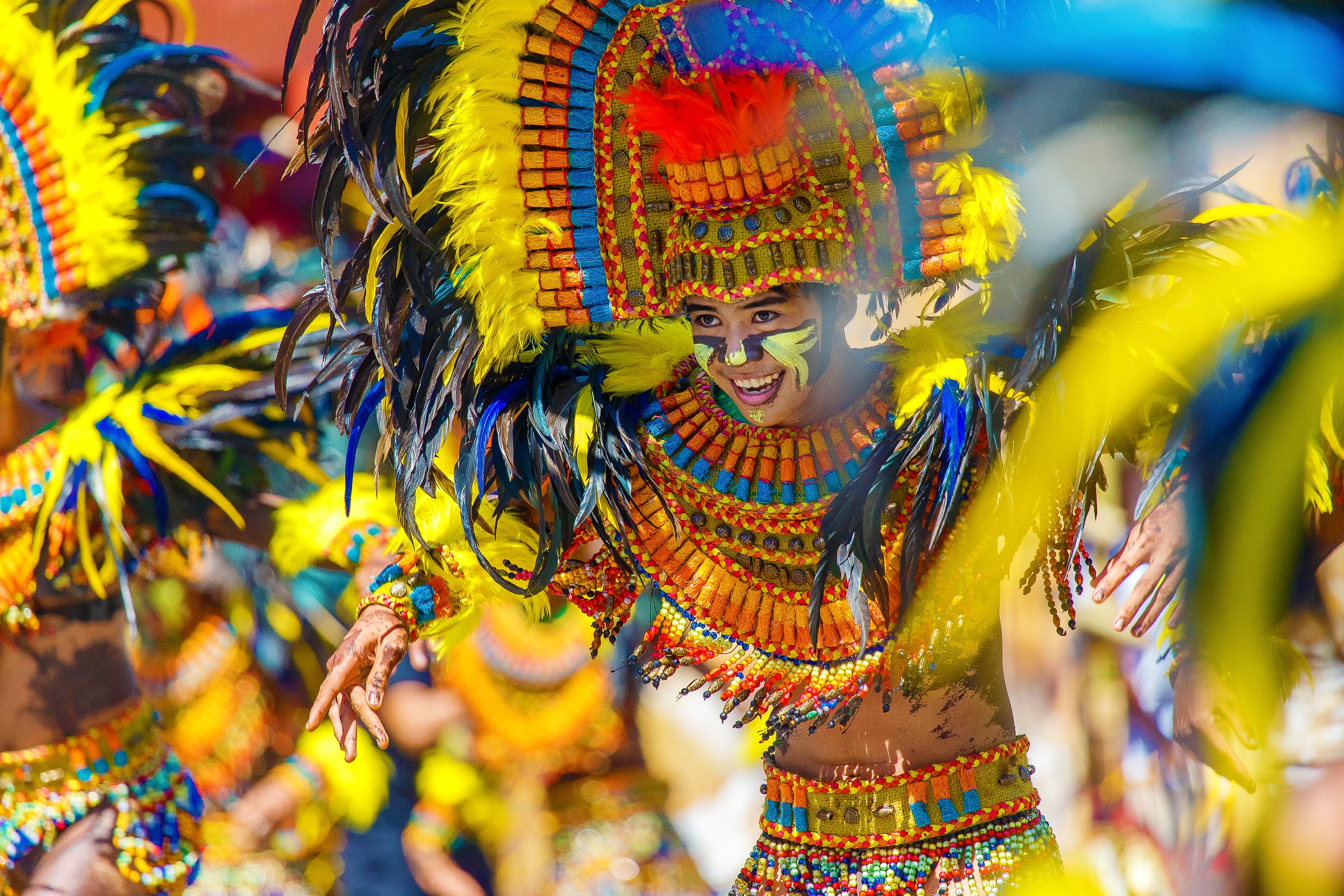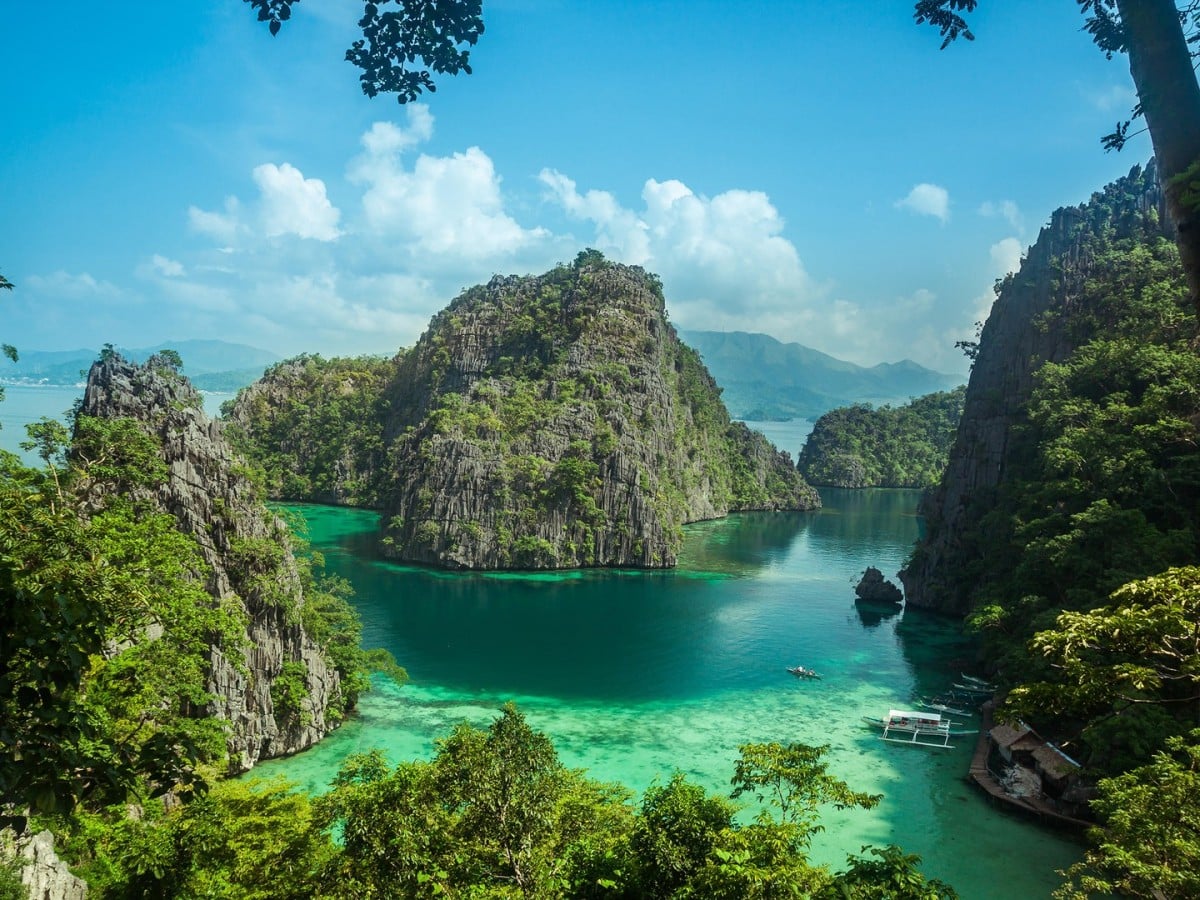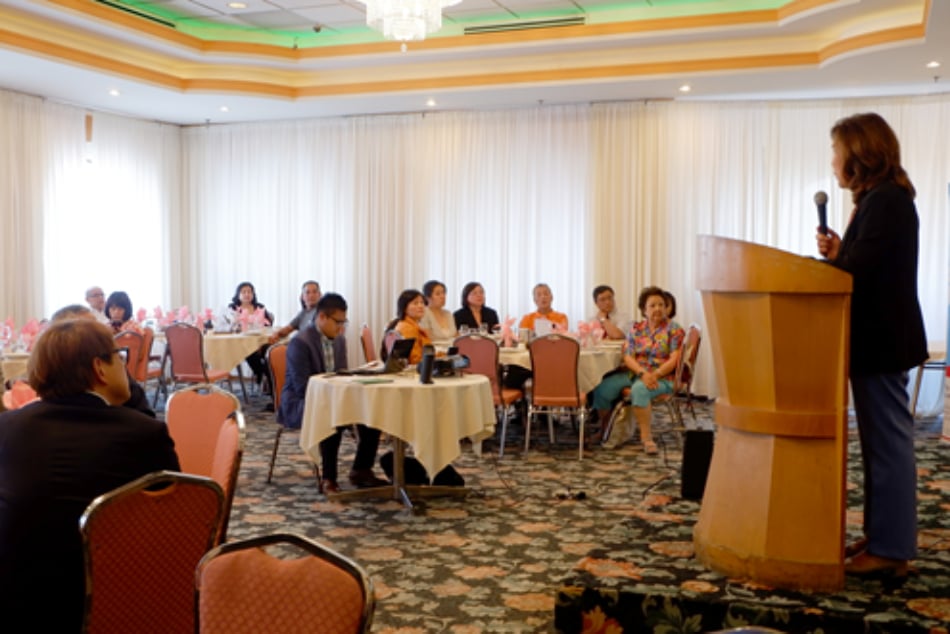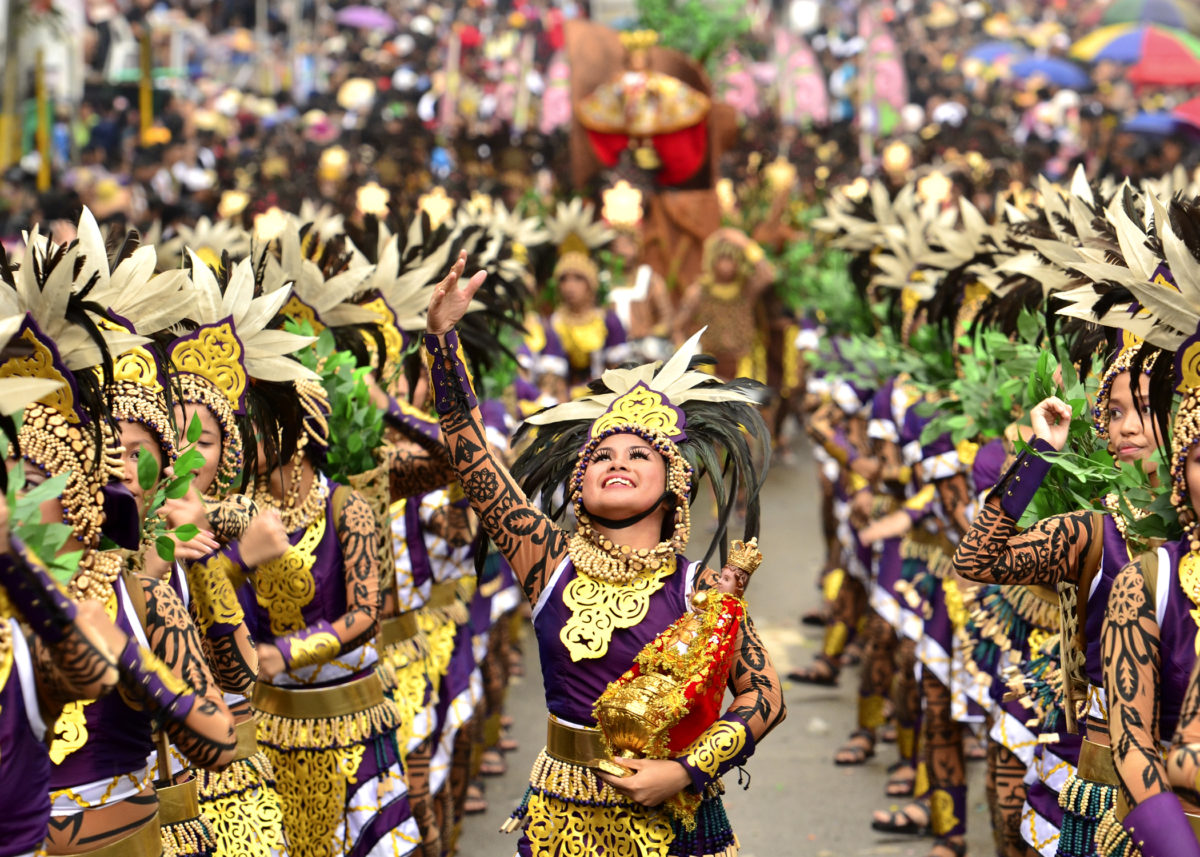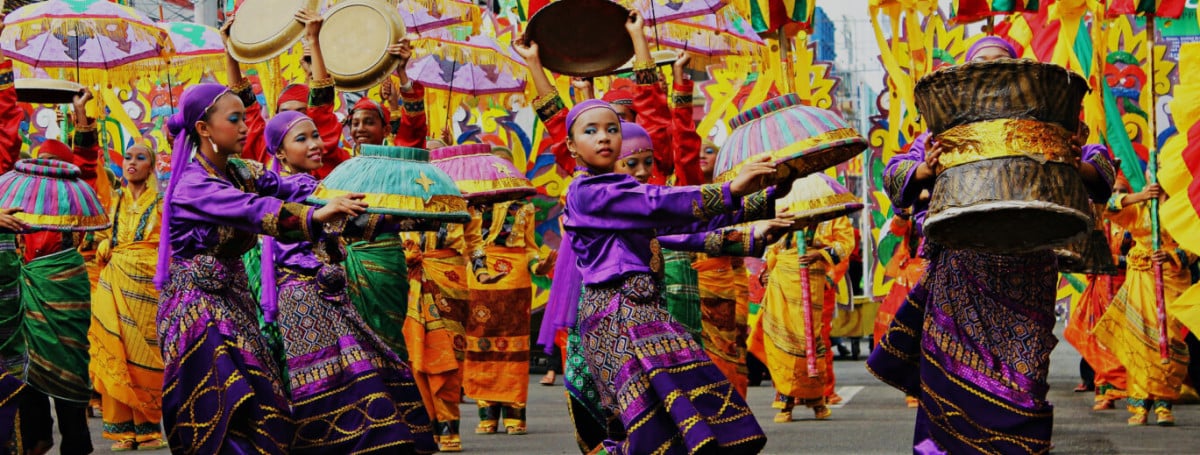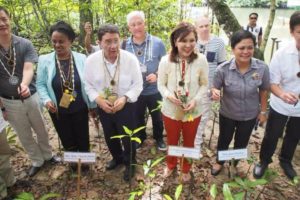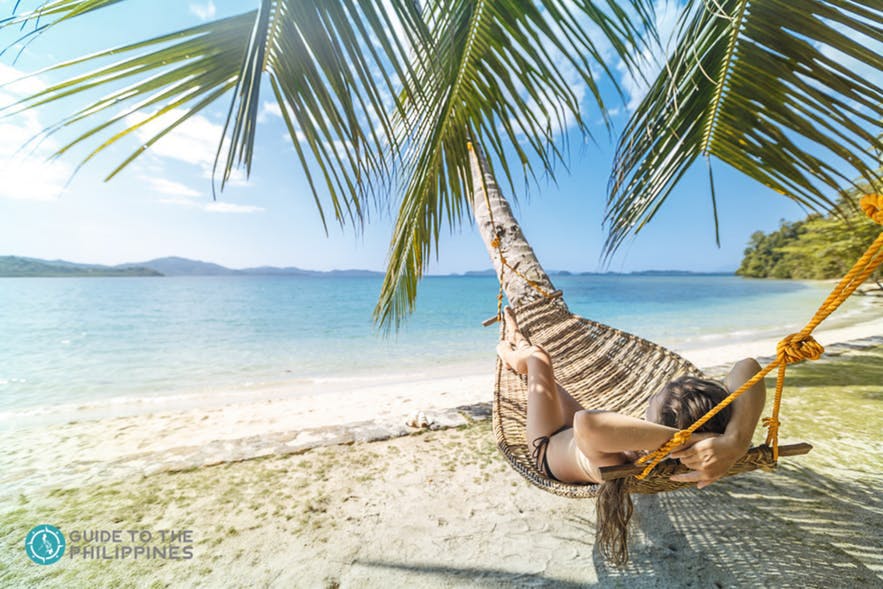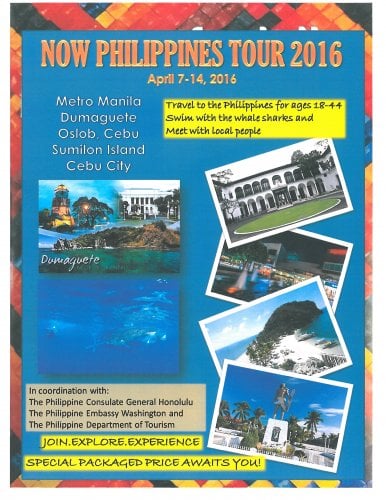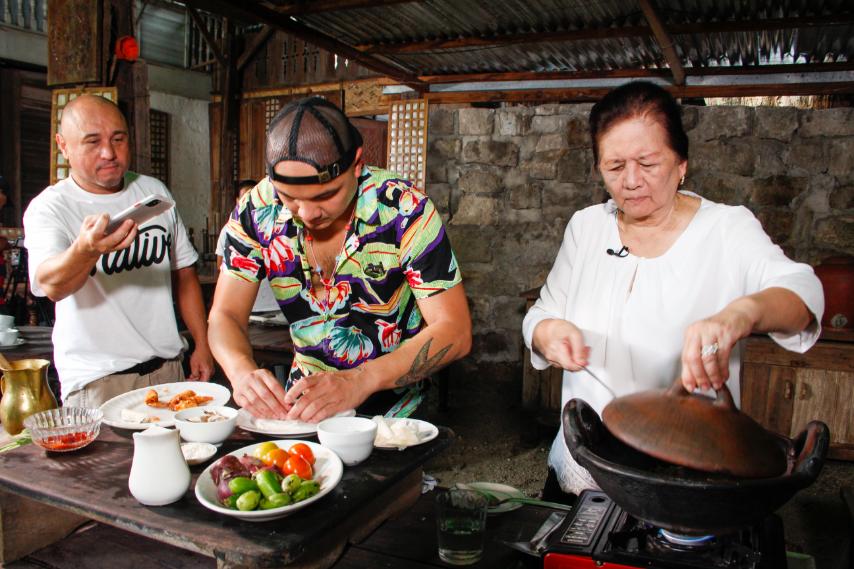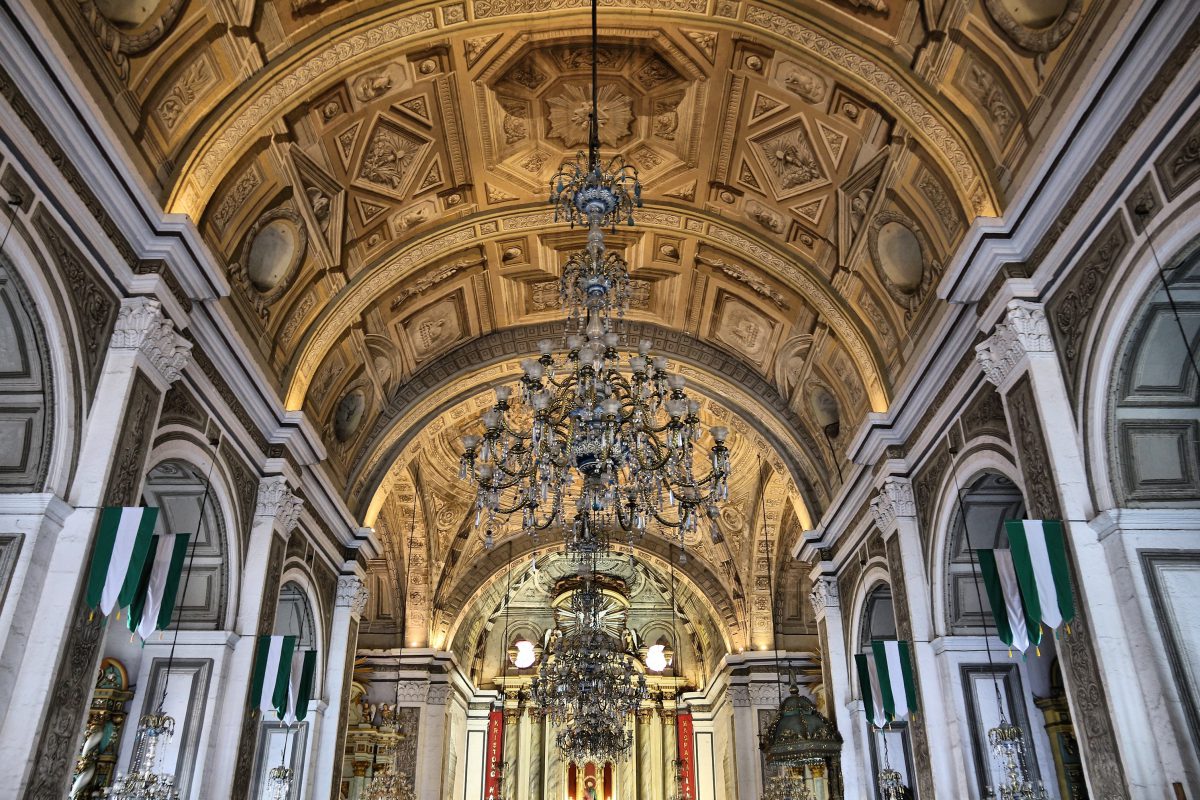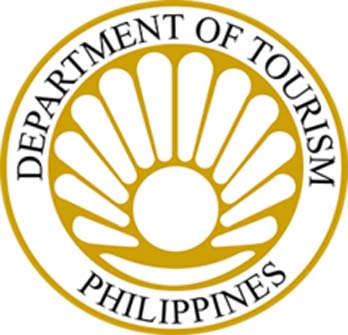Baguio: Summer Capital of the Philippines
Built by the Americans as the summer capital of the Philippines, Baguio is a postcard-pretty mountain city in the northern Philippines. Its pine-scented cool air welcomes visitors as they wind up the narrow highlands passes to arrive at Session Road. It’s the main strip that’s abuzz with restaurants known for homey steaks and fresh vegetable platters.
Camp John Hay, the former American military station, is now a golf resort offering scenic vacation rental homes. Homey and reasonably priced accommodations are available at Teachers’ Camp. On weekends, visitors are welcome to watch the Philippine Military Academy cadets do their routines at the parade grounds at Fort Pilar. Culture lovers should visit the arts village called Tam-awan (Perch), the brainchild of Baguio-based artists such as National Artists Ben Cabrera and Kidlat Tahimik.
What to Eat and Buy Jars of the legendary Mountain Maid ube (purple yam) jam. Fresh vegetables and fruits (particularly, strawberries). Cut flowers. Durable mountain products — such as home-knit sweaters, handwoven fabrics (especially from Easter Weaving), bead knick-knacks at the market, and wood sculptures. Peanut brittle. Buttery cookies in plastic jars. Assorted nuts.
How to get there: Passenger buses, or car or van rentals.
Bicol: Hot Spots
The majesty and treachery of Mayon Volcano, revered for its almost perfect cone, define both the physical and cultural landscape of the Bicol region in the southern tip of the main Philippine island of Luzon. Its extraordinary tourism attractions seesaw between beauty and danger. And its culinary offerings surprise you with a jolt of the volcanic-hot spiciness of its traditional dishes tempered by the sweet textures of its one-of-a-kind desserts.
What to do, where to go: Imbibe history and ecology at the national park around Mt. Mayon. Check out neighboring Mt. Isarog and Mt. Bulusan, also active volcanoes. Explore the Cagsawa Ruins, the remains of a 16th-century stone church and belfry in Albay province built under the supervision of the Franciscans in 1587. Go on a pilgrimage to the Peñafrancia Basilica in Naga City. Go wakeboarding in this city, and surfing in Daet, Camarines Norte. Swim, snorkel, dive, and go kayaking at the Calaguas Islands in Camarines Norte or at the Caramoan Peninsula in Camarines Sur, where a survival reality show was famously filmed. Check out the whale sharks at the Donsol Whale Shark Interaction Center in Sorsogon province. Take a break with your family at the Lola Sayong Eco Surfing Camp in Sorsogon. Enjoy the nightlife at the boardwalk along the coast of Legazpi City. Pray at the picturesque Daraga Church, built in 1772 with a most dramatic backdrop: Mt. Mayon in the shimmering distance.
What to Eat: Spicy coconut-based dishes, such as Laing, Pinangat, and Bicol Express. Then there’s Kinunot, flaked fish in coconut cream, mixed with a power burst of horseradish. You can top these off with hot chili ice cream. Of course, you must try the pili nuts delicacies in Legazpi City. At the airport compound, a restaurant sells amazing tiny longganisa, or sausages.
Airports: Naga City and Legazpi City. The Bicol International Airport is under construction in Daraga, a town adjacent to Legazpi City.
Dumaguete – Siquijor: Bucolic Seaside Charms
A quaint university town sandwiched by the sea and the mountains of Negros Oriental in the Central Philippines, Dumaguete City offers a slow-paced lifestyle that soothes both soul and sole. It is the home of Silliman University, Asia’s first American and Protestant university — and three other universities. The success of Silliman’s marine biology program is in no small measure due to the rich biodiversity of the sea shimmering outside the gates of the university.
In the nearby distance is Siquijor Island, which the Spanish conquistadores of long ago took to calling “Fire Island.” That’s because when evening came, the island glowed with the incandescent flight of its innumerable fireflies. Such an otherworldly glow contributed to the island’s reputation as a place of mysticism, mystery, and magic. Today, Siquijor banks on such a reputation in wooing travelers looking for a place to meditate and re-center their lives in a tropical island far from the madding crowd.
What to Eat: Early in the morning, go to the Dumaguete City market and order a breakfast of budbud kabog. It is a coconut-based indigenous sticky sweet made of kabog millet and cooked in a banana leaf. It goes best with a steaming cup of sikwati (hot chocolate). At Sans Rival at the seaside boulevard, the silvanas at Sans Rival Cakes and Pastries, both the original flavor and the chocolate flavor, are a taste of heaven.
How to get there: Dumaguete City Airport and Seaport.
Bacolod – Iloilo – Guimaras: Central Philippine Islands Loop
They share a language that is mellifluous, musical, mesmerizing. Bacolod is a gentle city of landowners and peasants whose lives and fortunes are intertwined with the hardship and luxuries of get-down-and-dirty agriculture. Across the sea lane is Iloilo, a re-energized regional socio-economic stronghold which successfully hosted the Asean summit, winning the Most Liveable Cities Design Challenge in 2014 organized by the USAID, World Wildlife Fund, Asia Society, and the Philippine Competitiveness Council. Seemingly a stone’s throw away, Guimaras is an island-province known for two things: a monastery and its abundant harvest of the sweetest and most luscious mangoes in the world.
What to Eat: Napoleones, puffy cream tarts, and piyaya, a crusty round pastry with molasses fillings, in Bacolod City. In Iloilo City: crispy breads at Biscocho Haus, grilled oysters at the beaches, and pancit molo soup at the Molo District. Of course, fresh mangoes and mango tarts in Guimaras.
Airports: Silay – Bacolod City Airport and Iloilo City Airport.
Camiguin: Island of Fire
Seven volcanoes, five towns, one island. That quite sums up Camiguin, an island-province in the Southern Philippines. But not quite. We have to mention the hot springs, the waterfalls, the lakes, the white-sand beaches, the dive sites, the lagoons where you can have your fill of freshly caught fish, crabs, clams, and shellfish. And the church ruins that hark back to a volcanic eruption several centuries ago. Then there’s the cemetery that sank into the sea, its giant cross jutting from the waves.
What to do: Mount Hibok-Hibok, very much still an active volcano. Ardent Hot Spring, for that medicinal sulfuric dip. Katibawasan Falls, for an Instagram-perfect snapshot. White Island, where you can eat freshly caught sea urchins. Santo Niño Cold Spring, where you can treat yourself and your friends to ice-cold beer by depositing the entire case into the pool. Camiguin Soda Pool, where you can drink the water you are swimming in. The Giant Clam Center, so you can do your share for the well-being of our climate-impacted oceans. Guinsiliban Moro Watch Tower, which saved the locals from Moro slave raids once upon a time.
Airport: Mambajao Airport.




